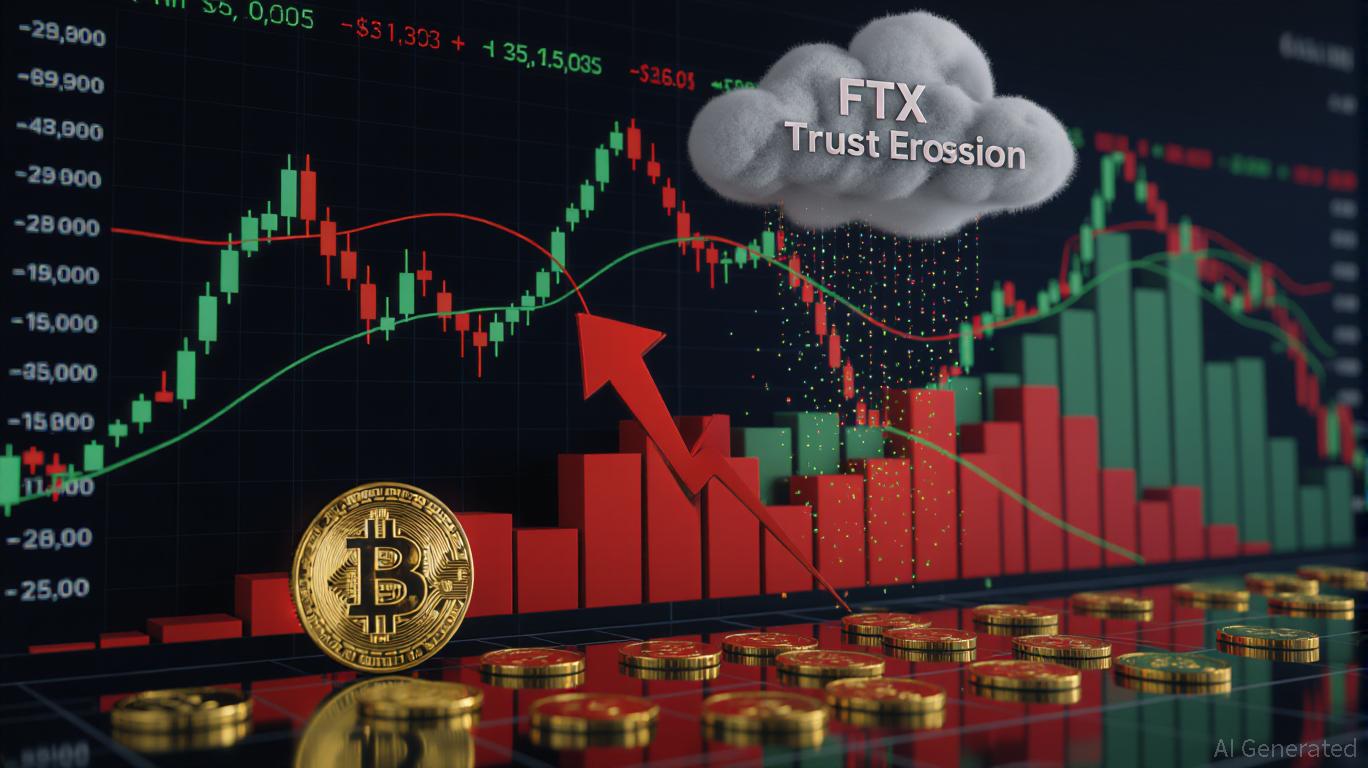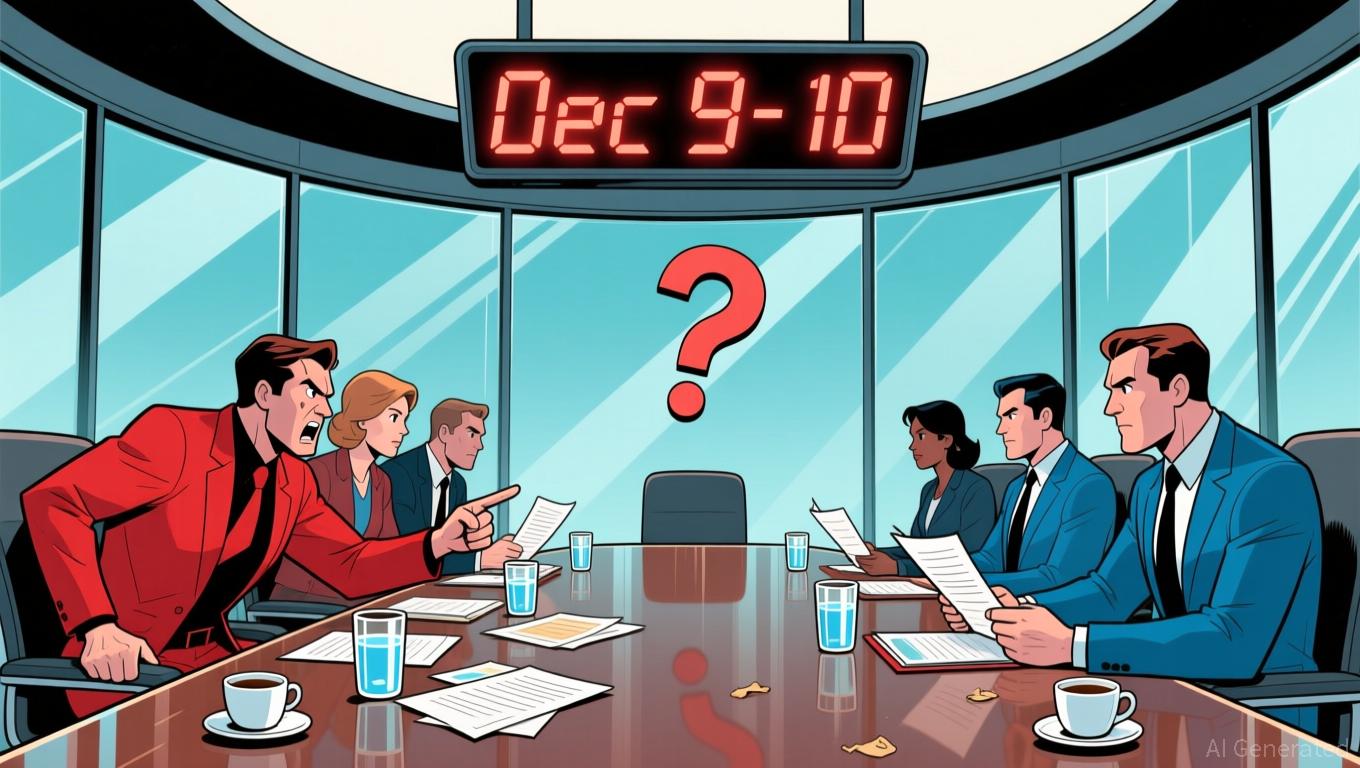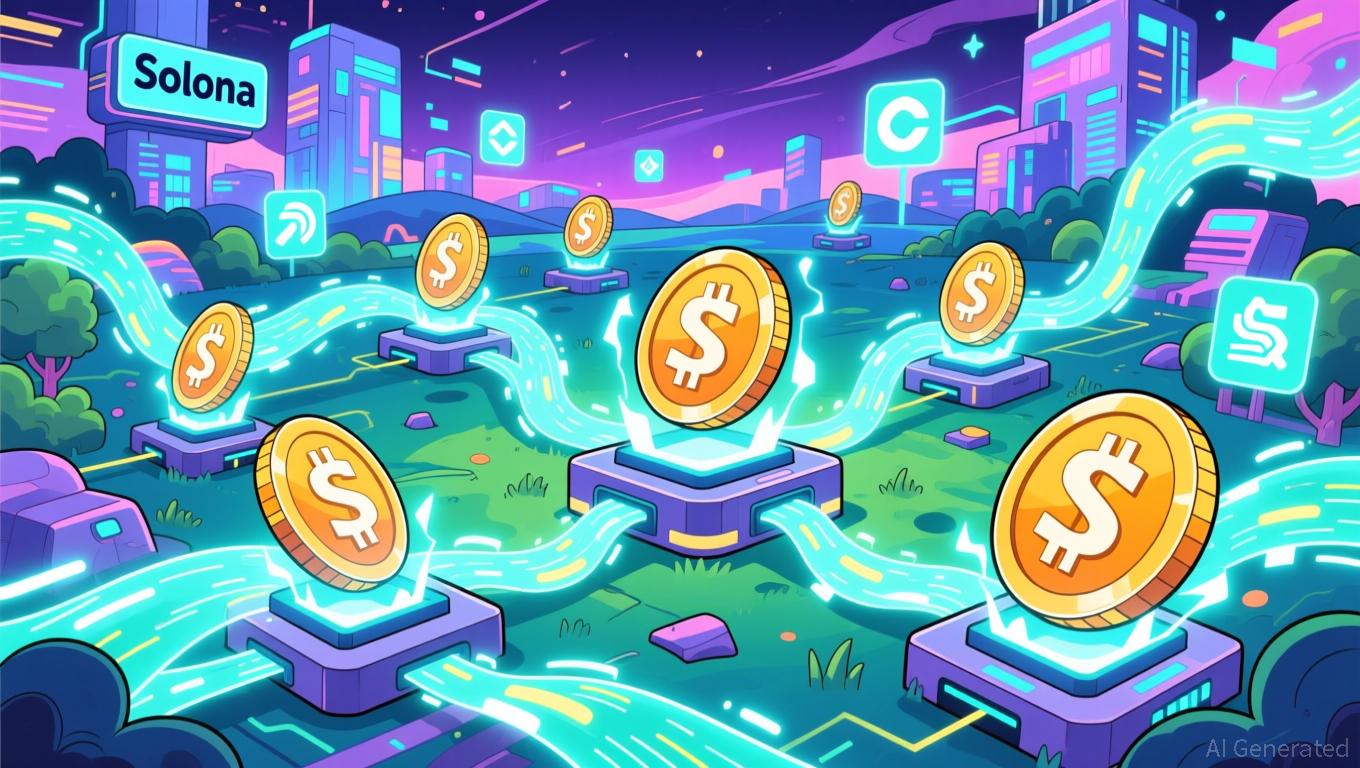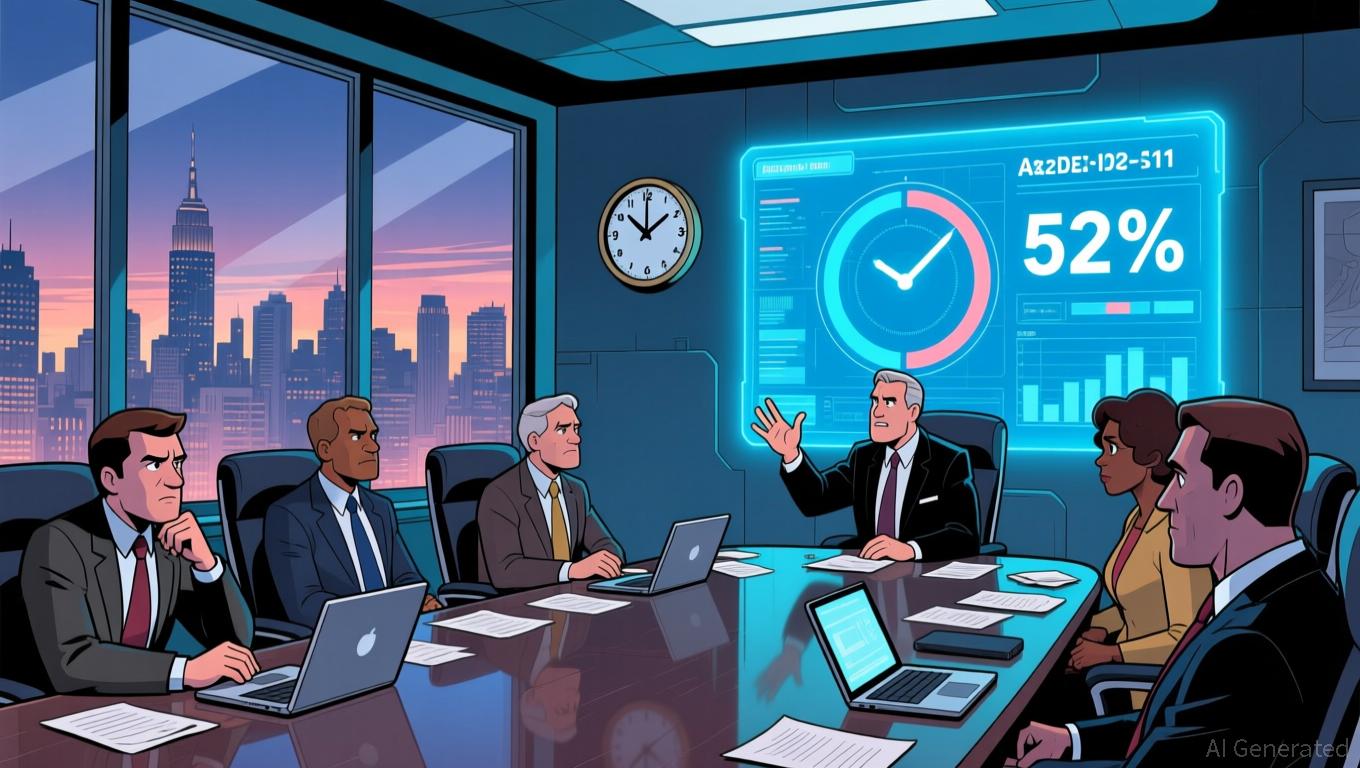Vitalik Buterin Backs ZKsync: Igniting Ethereum Layer 2 Innovation and Ushering in the Next Era of DeFi
- Vitalik Buterin's endorsement of ZKsync's Atlas upgrade accelerates Ethereum's ZK-based scalability strategy, positioning ZKsync as a key DeFi infrastructure player. - The upgrade achieves 15,000+ TPS with near-zero fees via ZK Stack, enabling 30% stablecoin dominance and bridging Ethereum's L1-L2 liquidity gaps. - Institutional adoption surges as ZK token gains 50% post-endorsement, supported by $15B in ZK-related DeFi inflows and StarkNet's TVL tripling in Q4 2025. - Upcoming Fusaka upgrades (30,000 TP
Technical Foundations: ZKsync's Atlas Upgrade and the
ZK
Stack
Launched in October 2025, ZKsync’s Atlas upgrade marks a significant advancement in Layer 2 (L2) scalability. By enabling
The technical impact is substantial. For example, the modular ZKsync OS and ZK rollups have

Market Dynamics: Institutional Adoption and Capital Flows
The Atlas upgrade has sparked a notable rise in institutional trust. ZKsync’s deflationary tokenomics—which channels revenue into buybacks, token burns, and staking rewards—has
Industry experts point out that ZKsync’s strength is its ability to combine Ethereum’s security with L2 performance. As a Bitget report notes, "
The Fusaka Upgrade: Technical Roadmap and Ecosystem Synergies
Although the zkSync team has yet to officially unveil the Fusaka upgrade, Ethereum’s broader Fusaka plan—set for December 3, 2025—aims to further strengthen ZKsync’s market position. Notable features include PeerDAS (EIP-7594), which
Additionally, Verkle Trees will make data verification easier for lightweight clients,
Ethereum Foundation's Role: Personal Endorsement vs. Institutional Neutrality
It’s important to note that the Ethereum Foundation has not made any official endorsements of ZKsync for 2023–2025. Still, Buterin’s personal support—described as “emphasizing the significance of ZKsync’s contributions to the wider Ethereum ecosystem”—
This situation illustrates a larger pattern: Ethereum’s progress is increasingly shaped by community-driven innovation rather than centralized leadership. While this decentralization is a strength, it can also bring volatility, as market sentiment often depends on key figures and project outcomes.
Investment Implications: A High-Conviction Play for 2026
From an investor’s standpoint, ZKsync’s alignment with Ethereum’s ZK-focused trajectory and the trend of institutional adoption make it a strong candidate for high-conviction investment. The technical strength of the Atlas and upcoming Fusaka upgrades, together with a deflationary token model and $15 billion in DeFi inflows, point to promising prospects for the ZK token.
Nonetheless, there are risks. The lack of official support from the Ethereum Foundation could invite regulatory challenges or competition from other L2 projects. Additionally, the success of the Fusaka upgrade will depend on smooth integration with Ethereum’s mainnet, which could face unexpected technical issues.
Conclusion
Vitalik Buterin’s backing of ZKsync goes beyond mere symbolism—it serves as a strategic endorsement of ZK-based scaling as the future of Ethereum. By solving scalability issues, cutting costs, and drawing institutional investment, ZKsync is transforming DeFi’s capital landscape and reshaping the L2 ecosystem. For those looking ahead to 2026, ZKsync offers a compelling blend of technical progress, market momentum, and favorable macro trends.
Disclaimer: The content of this article solely reflects the author's opinion and does not represent the platform in any capacity. This article is not intended to serve as a reference for making investment decisions.
You may also like
The Unexpected Bitcoin Plunge in November 2025: Causes Behind the Drop and Future Prospects for Cryptocurrency Investors
- The November 2025 BTC crash resulted from Fed tightening, lingering FTX trust erosion, and institutional outflows. - Fed's hawkish liquidity controls and inflation focus created toxic conditions for Bitcoin's low-rate-dependent market. - FTX's unresolved $7.1B payouts and $20B institutional exodus since 2022 amplified panic selling through trust deficits. - Crypto investors must now wait for Fed policy clarity and prioritize transparent platforms with regulatory compliance.

Bitcoin Updates Today: Fed Navigates Uncertainty as December Rate Cut Remains Unclear
- Market expectations for a Fed rate cut in December dropped to 52% from 95% a month ago, reflecting deepening policymaker divisions. - Hawks like Collins emphasize inflation risks, while doves argue easing is needed to avoid restrictive policies amid weak labor data. - A government shutdown delayed critical economic reports, complicating decisions as structural shifts demand nuanced policy responses. - Bitcoin gains were capped by reduced cut odds, while broader markets remain sensitive to Fed signals on

Solana News Update: Solana’s Fast Network Draws $1.5 Billion in Stablecoin Growth as USDC and USDT See Significant Increases
- Circle mints $500M USDC on Solana , leveraging its 4,000 TPS speed and $0.002 fees to boost DeFi liquidity. - Solana's 2.4M active addresses and 83M transactions highlight its appeal as Ethereum's high-throughput rival. - Tether simultaneously issues $1B USDT on Ethereum , contrasting with Solana's retail-friendly low-cost model. - Institutional adoption grows via Solana Staking ETF and major firm participation, challenging Ethereum's upgrades. - $1.5B stablecoin surge reflects demand for cross-chain sta

Fed's Policy Direction Shifts: Balancing Prudence and Swift Action in Crucial December Decision
- Fed faces 52% market odds of 25-basis-point rate cut at Dec 10 meeting, down sharply from 95% a month ago amid internal divisions. - Key officials like Collins and Kashkari oppose further easing without clearer labor market deterioration or inflation control below 3%. - Government shutdown delays critical data, forcing policymakers to rely on incomplete information and private-sector indicators. - Uncertainty risks asset markets: Bitcoin stagnates near $103k while real estate and growth stocks face headw
